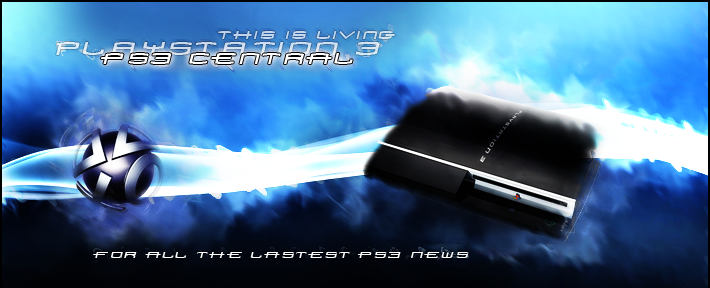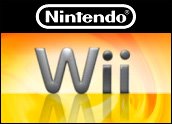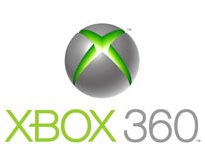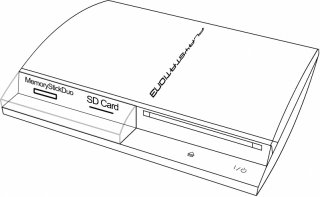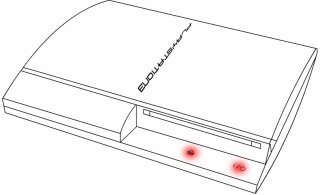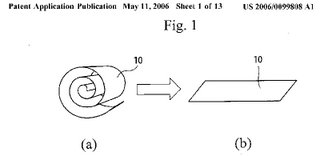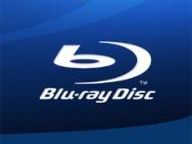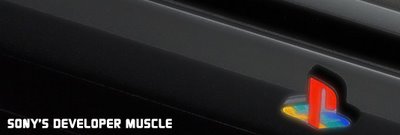
For quite a while now Nintendo has survived almost entirely on the strength of its talented first party developers, through the rough times they kept the company afloat with technically brilliant and creatively rich titles that truly made Nintendo gamers feel their console was a worthwhile investment. When the original Playstation debuted,Sony's approach was a little different, they courted just about everyone to make games for the system, and over the years Sony picked a number of those who had developed standout titles and provided partial funding for their studios and titles, eventually snapping them up as first party developers. Fast forward to present day and Sony's amassed quite a wealth of developer talent.
Let's have a look at just a few of these talented folks and what they're cooking up for Sony's new super machine.
Naughty Dog:Founded in 1986 by two 16 year old kids named Andy Gavin and Jason Rubin, the company, then named "JAM" had its name officially changed in 1989. Famous for their astounding technical ability, Naughty Dog gave us Crash Bandicoot during the PlayStation era (which actually went under the working title of Willy the Wombat - talk about dodging a bullet!) and the Jak series during the PS2 generation. They're currently working on an untitled project for the PS3, and little is known of it save for the fact that it centers around the search for a hidden treasure of some kind, and that it likely showcases what can truly be expected of the PS3. - [Hotness Factor of 9.8]
Zipper Interactive:Founded in 1995 by Jim Bosler and Brian Soderberg, Zipper gave us the PC hits MechWarrior 3 and Crimson Skies. They've since gained widespread fan and critical acclaim with their SOCOM US Navy Seal's series of PS2 games. They were acquired in January of 2006 by SCEA and are currently working on... surprise, surprise, a SOCOM game for the PS3. - [Hotness Factor of 8.2]
Sony Santa Monica:These are the guys that gave us the delightfully cuddly and upbeat character of Kratos and the high speed future dualcycle racing game Kinetica. They also house Incognito Entertainment, the guys behind Twisted Metal: Black, and War of the Monsters, they're currently working on the PS3 launch title, Warhawk. They collaborate frequently with creator David Jaffe, who played the role of director on God Of War and has an upcoming PSP game codenamed HL currently in development. - [Hotness Factor of 8.5]
Guerrilla Games:Dutch first party developer formerly known as Lost Boys Games until 2003. They rose to fame with the release of Killzone for PS2, which was labeled (wrongfully so) a "Halo killer." This move that likely hurt the final product but did much to thrust Guerrilla into the public eye. They also developed the ill received Shellshock: Nam'67 for the PS2 using the same game engine. Many argue that given more time and perhaps a bigger budget Guerrilla could have fashioned Killzone, which had a fascinating premise and mythology, into something great. Looks like those guys get their wish, Guerrilla was acquired by Sony in December of 2005 and are currently working on another Killzone sequel for the PS3. Also under production is a title for the PSP called Killzone: Liberation. Guerrilla's hotness factor is difficult to gauge as the company has always showed promise, and with more powerful hardware they could have done wonders, it's also worth mentioning that the company has grown in number and talent exponentially since Killzone - [Hotness Factor of 8.0]
Polyphony Digital:Formerly known as Polys Entertainment, they developed Omega Boost and the Motor Toon Grand Prix series for PS1 but hit it real big with Gran Turismo. Since then Polyphony has been habitually late with game releases, but the end product is always worth it. There's a lot expected from Polyphony this time around as gamers and critics alike want to see its flagship franchise undergo more than just a graphical overhaul. So far all we've seen from them is a rushed E3 2006 PS3 prototype demonstration called Gran Turismo HD, but keep your eyes peeled for the arrival of the Real Driving Simulator some time soon. - [Hotness Factor of 9.7]
Studio Liverpool:Founded as Psygnosis in 1986, they went on to create the critically acclaimed Wipeout series of games which helped establish the original PS1 as a force to be reckoned with. They were acquired by Sony in 1993 and the Psygnosis label was dropped in 1999. Their first PS2 game was Formula One 2001, which they've followed up with yearly updates since. They've only produced one Wipeout game on the platform, Wipeout Fusion, which was not very well received, but have since returned to futuristic hover vehicle racing form with the excellent Wipeout Pure for PSP. They're currently working on a Formula One game for PS3 and are rumored to be developing the next game in the Wipeout franchise (of course). - [Hotness Factor of 8.2]
Sony Online Entertainment:Started out as SISA (Sony Interactive Studios America) in 1995. They developed EverQuest, PlanetSide and Star Wars Galaxies, all massively multiplayer games for the PC platform. Despite what you might think judging from the name, SOE has little to do with SCEA (Sony Computer Entertainment America) or the newly formed SCEWW (Sony Computer Entertainment Worldwide Studios), they're actually a subsidiary of Sony Pictures Digital and have a few internal teams of their own including Soga Interactive, Fire Ant (SOE-Seattle) and Verant Interactive (SOE-Austin). They also collaborated with Sony on setting up the PlayStation 3's proposed counter to Xbox Live, currently known as the PlayStation Network Platform. [Hotness Factor of 8.0]
Other than its numerous first party developers, Sony also has quite a few trusted studios that are... shall we say, not quite family. Often referred to as second party developers, they regularly produce titles exclusive to the PlayStation platform.
Insomniac Games:Surprise! Insomniac, contrary to popular belief are not a first party Sony developer. They have however worked extremely closely with Sony and Naughty Dog in particular over the years. The company was founded in 1994 and its first title was the critically loved first person shooter, Disruptor for the PS1. It followed this with the successful Spyro franchise of games before creating Ratchet and Clank for Sony's next generation system, the PS2. The company is now preparing a PS3 launch title known as Resistance: Fall of Man, and also has a PS3 iteration of its Ratchet and Clank series in the works. It's also kinda nifty to note that Insomniac has been highlighted as one of the best places to work in the US - [Hotness Factor of 9.7]
Sucker Punch:Sucker Punch also shares some sort of working relationship with Insomniac, and the company that brought us the lovable Sly Cooper and his cantankerous crew of kleptomaniacal friends is undoubtedly working on something for PS3, we just don't know what yet. The company's history actually dates back to roots at Microsoft, where a few of the initial team members worked on productivity software, but shared a deep love of games. They left Microsoft in 1997 to form Sucker Punch, and released their first game for the Nintendo 64, Rocket: Robot on Wheels, the rest is history. - [Hotness Factor of 9.2]
Evolution Studios:Founded in 1999 by Martin Kenwright and former Psygnosis co-founder, Ian Hetherington, the UK based studio brought us the phenomenal World Rally Championship and Word Rally Evolution games. I guess that means their first PS3 title, Motorstorm, planned to launch alongside the console is in good hands. - [Hotness Factor of 9.0]
Ninja Theory:Something of a true fairy tale this one. Ninja Theory was formed in 2004 from the ashes of the former development company Just Add Monsters, the guys behind Kung Fu Chaos for the Xbox. The team's long in development premiere next generation title, Heavenly Sword was been searching for a publisher for a number of years before Sony swooped in to provide publishing and support for the title. It was once a launch title, but looks to have slipped into 2007. - [Hotness Factor.9.5]
Just about all these studios are now benefitting from Sony's new SCEWW (Sony Computer Entertainment World Wide Studios) initiative, in which multiple studios across the globe are able to collaborate and share advice, ideas and tools. Some wonder about Sony's arrogance in the face of losing exclusives such as Grand Theft Auto 4, but with this kind of talent working on games for Sony, it becomes a little easier to understand where that bravado comes from.
 VF5 was shown in arcade form at E3. "We actually wanted to show off the PS3 version," said Kataoka, "but due to some schedule problems, we were unable to".
VF5 was shown in arcade form at E3. "We actually wanted to show off the PS3 version," said Kataoka, "but due to some schedule problems, we were unable to". One area of concern for the home version is what happens when people play on a standard 4x3 television. This apparently isn't an issue at all, according to Kataoka. "The arcade version was made to be compatible both with wide and standard monitors, so with that meaning, there's nothing to worry about." VF5 is currently on test in Japanese arcades, with all machines featuring high definition widescreen displays.
One area of concern for the home version is what happens when people play on a standard 4x3 television. This apparently isn't an issue at all, according to Kataoka. "The arcade version was made to be compatible both with wide and standard monitors, so with that meaning, there's nothing to worry about." VF5 is currently on test in Japanese arcades, with all machines featuring high definition widescreen displays.